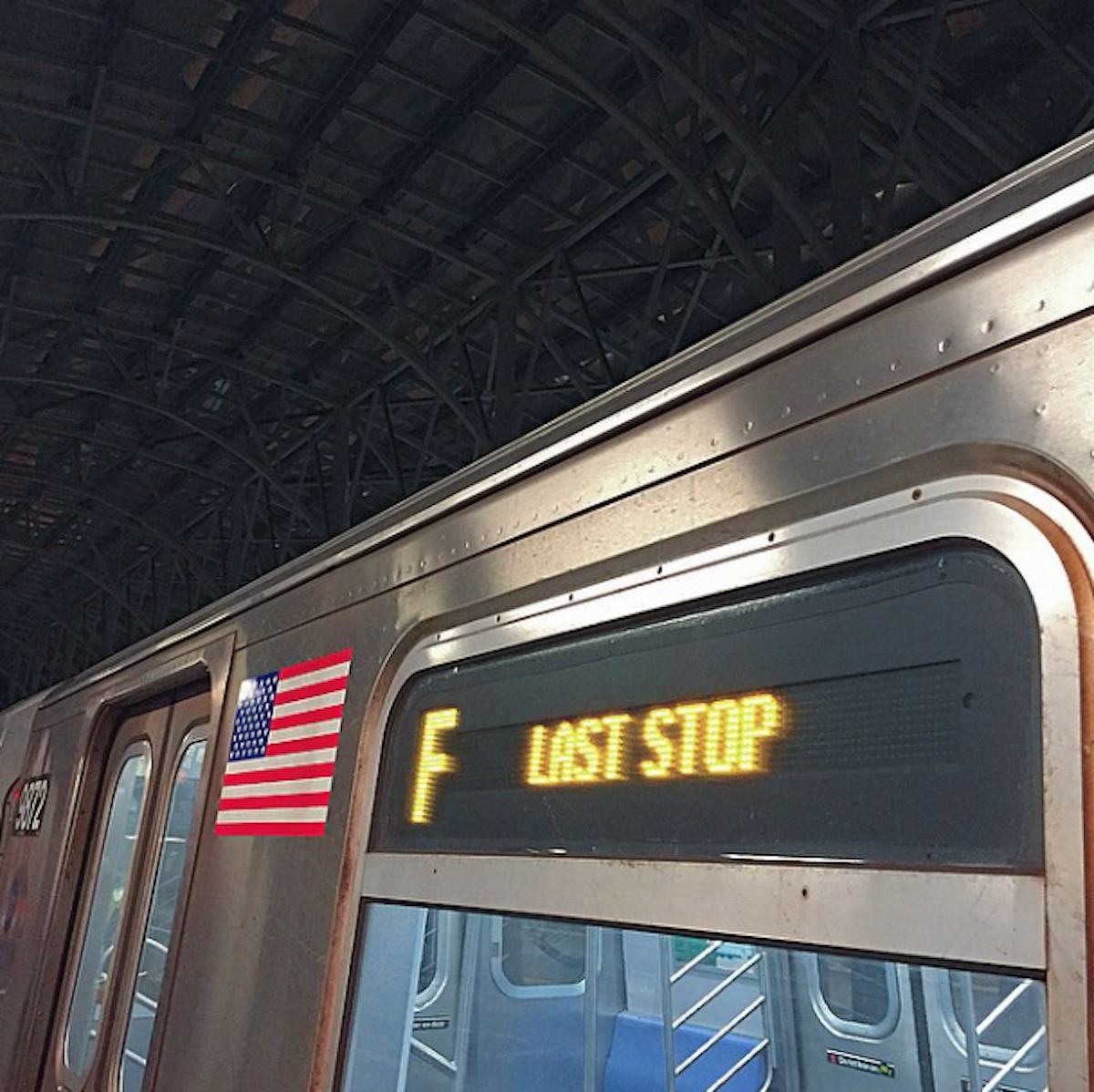F Express Service Returning To Brooklyn In 2017 (UPDATED)


(This story was updated at 1:40pm and 2:45pm, 5/17/16)
After a decades-long absence, F express service will be returning to Brooklyn next year.
Regular F express service should be in place by Fall 2017, MTA spokesman Kevin Ortiz confirmed today, and will run during rush hours from Jay Street-MetroTech to Church Avenue — stopping once, at Seventh Avenue.
The restoration of express service will “benefit hundreds of thousands of commuters every day who have up until now struggled with delayed and overcrowded trains,” said Council Member David Greenfield, one of several local elected officials who has vociferously pushed the MTA on this issue.
Brooklyn City Councilmembers Mark Treyger, Brad Lander, Chaim Deutsch and Stephen Levin have also been active proponents of restoring F express service; along with State Senators Smite Felder, Kevin Parker, Martin Golden and Diane Savino; and Assembly members William Colton, Dov Hikind, Jo Anne Simon, Steven Cymbrowitz and Pamela Harris.
“Southern Brooklyn residents never ask for high-in-the-sky streetcar ideas. They only ask for things they used to have,” said Council Member Treyger, who has long pushed for the return of F express service, along with other terminated southern Brooklyn transit options. “We used to have the F train express and they took it away from us. We are just asking for our fair share.”
But Treyger, along with representatives of neighborhoods (such as Park Slope, Carroll Gardens and Cobble Hill) with stations that will be bypassed by express service, have raised major concerns about the MTA’s plan, especially the fact that there will be no net increase in F trains.
The MTA has made the decision not to use additional F trains as part of the service upgrade, Ortiz confirmed. Some trains will remain local, and others will switch to express.
Stations between Jay Street, 7th Avenue, and Church Avenue will see an increase in waiting time of roughly one minute per F train, Ortiz said.
Brooklyn Borough President Eric Adams has come out in favor of restoring express F service, but in a statement released today, Adams argues that the MTA’s current proposal “seeks to pit Brooklynite against Brooklynite in a fight for quality transportation.”
“Progress cannot be defined by taking resources from one neighborhood and giving them to another,” Adams said.
“It is time for the MTA to come to the table with stakeholders along the F line and devise a comprehensive community vision for the restoration of express service, one that protects the interests of commuters who rely on local service as well,” Adams said today. “It is a victory that grassroots advocacy has led to a day in which express service is a real consideration for F train riders once again, but that victory must be a shared one for all Brooklynites.”
Similarly, Council Member Brad Lander described the process in which the MTA developed its plan as “atrocious” in a series of twitter posts today. The plan “pits Brooklyn residents against each other, creating ‘winners’ and ‘losers’ without sufficient information or dialogue,” Lander wrote.
“We made clear we could only support skipping local stops (as part of F express service) if overall service were increased on the F line,” Lander added.
Ortiz said that the MTA will be meeting with all of the communities impacted by the restoration of express service in order to solicit their input. “We are at the start of the process,” he said. The MTA’s board will also be reviewing the plans, he added.
Express service could save F train commuters, who reportedly experience some of the longest waits in the city’s transit system, as much as 15 minutes per trip, Greenfield’s office said today. Restoration of express service will also reduce operational conflicts between the F and G trains, reducing congestion and delays, he stated.
F express service was suspended in 1987 due to track work. Restoration was discussed in the early 1990’s, but plans were abandoned due to budget constraints at the time. Over the years, F service has steadily deteriorated even as the population served by the line has grown, Greenfield’s office asserted.




